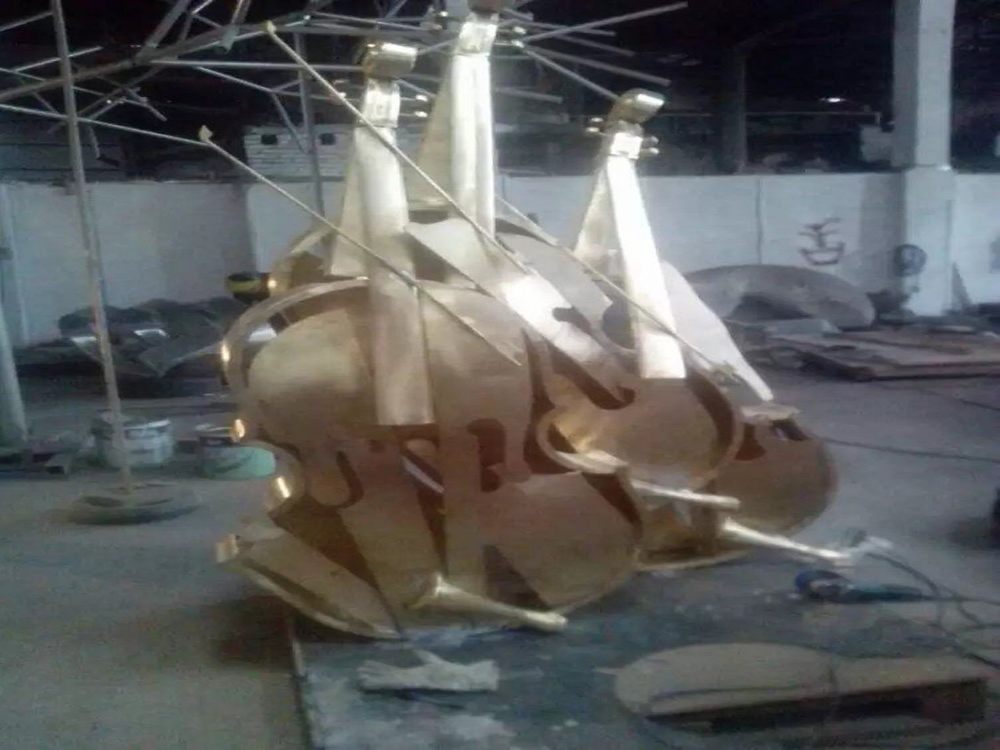
Selecting the ideal stone for a monumental sculpture requires careful consideration of several critical factors that determine both artistic success and long-term preservation. Durability stands as the foremost concern, as outdoor sculptures must withstand weathering, temperature fluctuations, and potential environmental damage. Granite and basalt excel in this regard, offering centuries of resilience, while softer stones like limestone may require protected placement.
Aesthetic qualities equally influence stone selection, with color variations, grain patterns, and light-reflective properties dramatically affecting the sculpture's visual impact. Michelangelo famously prized Carrara marble for its luminous whiteness and fine grain, enabling exquisite detail work. The stone's workability also proves crucial—softer stones allow for intricate carving but may sacrifice longevity, while harder materials demand more labor but promise permanence.
Cultural and symbolic associations often guide material choices as well. Many civilizations traditionally used locally quarried stone to connect artworks with regional identity, while imported materials might signify prestige or special meaning. Practical considerations like availability, transportation logistics, and budget constraints also play significant roles in the selection process.
Modern sculptors additionally evaluate the stone's structural integrity for large-scale works, testing for hidden fractures or weaknesses that could compromise stability. Ultimately, the perfect monumental sculpture stone balances artistic vision with material science, creating enduring works that withstand both physical and aesthetic tests of time.

